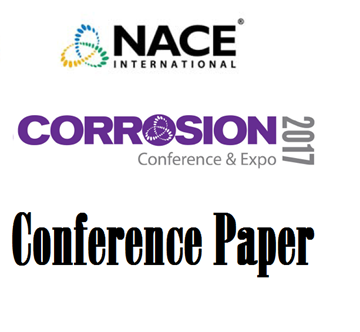Search
Products tagged with 'souring'
View as
Sort by
Display
per page
A Case Study On Microbiologically Influenced Corrosion In Oil Producing Well Flowlines
Product Number:
51322-17924-SG
Publication Date:
2022
$20.00
Combined Effects of Microbes and Nitrate on SRB Growth Souring and Corrosion
Product Number:
51317--9425-SG
ISBN:
9425 2017 CP
Publication Date:
2017
$20.00
Effects of Renewable Natural Gas and Hydrogen on Microbially Influenced Corrosion and Souring in Underground Gas Storage
Product Number:
51324-21146-SG
Publication Date:
2024
$40.00
Iron Source in Sour Gas/Condensate Wells: Reservoir Fluids or Corrosion?
Product Number:
51317--8998-SG
ISBN:
8998 2017 CP
Publication Date:
2017
$20.00
Onset Of Corrosion Rate Retardation At Very Low Concentrations Of H2S In A CO2 Environment
Product Number:
51321-16676-SG
Publication Date:
2021
$20.00
Preservative Biocide Selection and Performance in High Pressure High Temperature Bioreactors using a Thermophilic, Hydraulic-Fracturing Relevant Culture
Product Number:
51323-18967-SG
Publication Date:
2023
$20.00
Sustainable Biocide Formulations to Deliver Controlled Post Fracture Souring Management
Product Number:
51317--9115-SG
ISBN:
9115 2017 CP
Publication Date:
2017
$20.00







